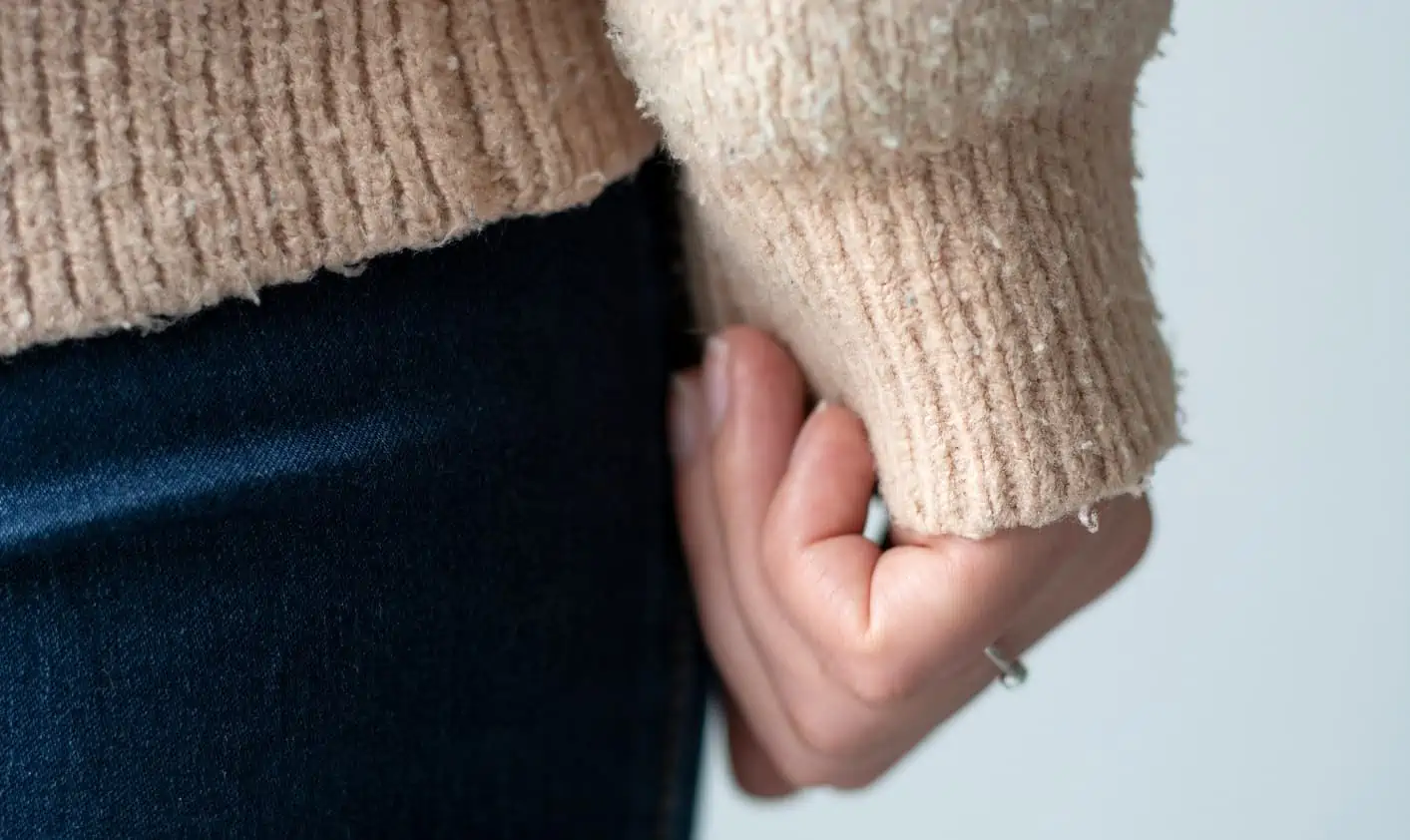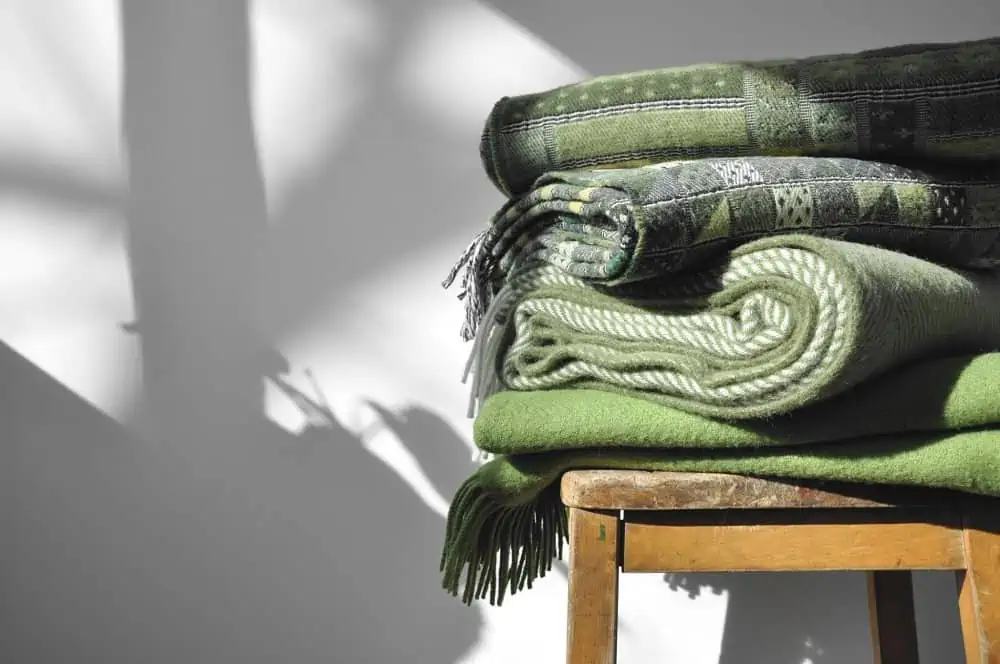
Unbeknown to most, wool is extremely low maintenance. Many of the woolly wonders that frequent our homes and wardrobes are machine washable, and with only spot cleaning required to keep your wool in tip-top condition, caring for the products that up the cosiness all year round couldn’t be simpler.
Pilling however is one problem so many wool enthusiasts face. More commonly referred to as bobbling, pilling causes the formation of fuzzy balls on the surface of wool items giving the overall product the appearance of being worn and past its prime.
Contrary to popular belief, pilling isn’t a tell-tale sign of low-quality wool. In fact, the causes of pilling are actually self-inflicted as The Woolmark Company explains:
“Pilling depends on many factors including the action of the wearer – there is a greater chance of pilling generally if the wearer is more active, or whether the garment during wear constantly comes into contact with other surfaces that tend to cause abrasion, such as sitting for long periods at a desk.”
You don’t have to put up with pilling, there are many steps you can take to prevent and remove pilling on wool and linen. Here we share the top 5…
Don’t wash your wool too often
Wool items don’t need washing all that often. Thanks to their naturally odour resistant and neutralising fibres, wool can stay pretty fresh with minimal intervention, even with regular use or wear.
We’d only recommend washing your wool when a spot clean isn’t quite cutting it or the item has become heavily soiled. Washing wool and silk with our specially formulated Delicate Wash is another must for nourishing and cleaning fibres without increasing the likelihood of pilling.
Do take extra care when washing
As well as washing wool and linen as per the manufacturer’s instructions to prevent pilling, turning the garment inside out before putting it in the wash will minimise the risk further.
By turning your items inside out, you’re safeguarding the fibres that are on show from abrasion. If the item can’t be turned inside out – i.e. it is a blanket, shawl or scarf – washing it in a mesh laundry bag or on its own will provide additional protection.
Don’t use fabric softeners
Whilst fabric softeners no doubt work wonders for some materials, other fibres don’t take too kindly to their presence.
Cashmere and other wool materials can become damaged by the use of fabric softeners. Fabric softeners don’t make wool softer; fibres become stiffer as a result. With a stiffer surface, pilling is more common, so leave out the fabric softener when you next give your wool a good once over.
Do dry wool and linen flat
Wool and linen don’t respond well to the quick-drying solutions provided by radiators and of course, tumble drying is a huge no-no in most cases.
To prevent pilling and keep your linen and wool items in shape, they should be dried flat away from direct heat and sunlight. Let nature take its course by finding a breezy spot to dry your linen and wool pieces.
Don’t be afraid to take matters into your own hands
If pilling has already taken its toll, your wool or linen items certainly aren’t past it. Its surface can be shaved to remove unsightly bobbling and get your garment or accessory looking great again.
Before you get out the disposable razor, why not invest in our Pilo No.2 Fabric Pilling Shaver? Featuring six precision blades that effectively and gently remove lint and pilling from all types of materials, it’s the latest advancement in textile care and a quick, easy way to banish unwanted fuzz from your favourite pieces.
